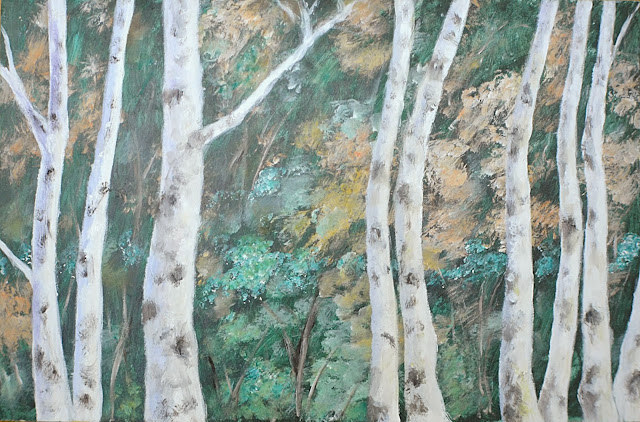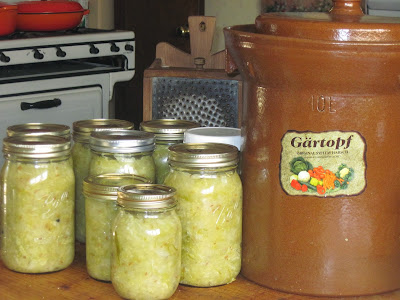
Cure Gum Disease Naturally: Heal and Prevent Periodontal Disease and Gingivitis
with Whole Foods
By Ramiel Nagel
The food we consume strongly
influences the quality of our lives. If we eat the processed and devitalized foods
of modern commerce our physical, emotional, and spiritual health will suffer.
Eating whole unprocessed foods grown on fertile soil, without pesticides…and
prepared in a traditional manner, will aid us in obtaining optimum health and a
sense of wellbeing.
The condition of our teeth
and gums is a good indicator of how healthy or unhealthy the rest of our bodies
are. Ramiel Nagel, the author of Cure Tooth Decay and this book, Cure Gum Disease Naturally: Heal and Prevent Periodontal Disease and Gingivitis with Whole Foods has this to say on page 31. “ In general tooth decay and gum
disease are the most visible signs of nutrient depletion. By ignoring how
nutrition affects our bodies and by blaming bacteria for dental health
problems, the field of dentistry does us a great disservice by diverting us
from the truth of how a poor diet causes gum disease and tooth decay.”
has this to say on page 31. “ In general tooth decay and gum
disease are the most visible signs of nutrient depletion. By ignoring how
nutrition affects our bodies and by blaming bacteria for dental health
problems, the field of dentistry does us a great disservice by diverting us
from the truth of how a poor diet causes gum disease and tooth decay.”
In Cure Gum Disease Naturally, Ramiel shares with the reader the
underlying causes of tooth decay and gum disease and how to cure these
conditions, which are merely a reflection of the general health of the body. As
we have already established, diet plays an enormous role in establishing the
health of the teeth and gums. Rami thoroughly explains why it is not bacteria,
in and of itself, that causes tooth decay and gum problems, but that the
condition and strength of the teeth and gums themselves determines how
vulnerable they are to the normal oral bacteria found in the mouth. He educates
us as to what foods to avoid and what foods to eat in order to create strong,
firm teeth and gums that are resistant to bacteria. The mainstream dental model
merely tries to fix the symptoms of poor nutrition rather than educating the
patient on how to balance his body chemistry through proper nutrition.
The author explains, “gum
disease is a whole body imbalance and not just an isolated oral problem. Dr.
Page observed that out-of-balance calcium and phosphorous ratios (which he
believed to be the cause of tooth and gum disease) could be brought into balance
by correcting the functioning of the glandular system.” “ Dr. Page found that our autonomic
(automatic) nervous system and our endocrine (glandular/hormonal) system are
directly affected by the food we eat.” On page 44 the author lists ways to help
improve the health of specific glands.
Rami advises us to strictly
reduce sugar since this toxic refined substance throws the calcium phosphorous
ratio and our glandular system out of balance. He warns us that anything which
unbalances the hormonal system can cause tooth decay and gum recession.
So…preventing tooth decay and gum disease does not just depend on how much we
brush and floss but on how resistant our teeth and gums are to bacteria. The density
or hardness of our teeth and quality of our gum tissue depends not only on the
foods we consume but also on how well we digest our food and how well we absorb
the nutrients from this food. In this book Rami includes everything one needs
to know in order to increase the health or resistance of the teeth and gums to
bacteria.
The author shares information
on the role of vitamins D and A and calcium in obtaining or maintaining the
health of teeth and gums. He includes charts, which list the foods high in the
desired nutrients. Rami talks about how to obtain the minerals we need from bones
and dairy products. Healthy fats are also very important to include in the diet
as they aid the body in utilizing the calcium and other minerals properly.
Using refined fat free products such as skim milk, low fat cheeses, or partial foods,
such as egg whites (while excluding the yolks) is extremely counterproductive.
There is also important
information concerning grains…whole grains versus refined grains…. and how to
prepare them in order to obtain maximum nutrition and the least amount of plant
toxins. Ways to increase your digestive potency are listed and explained.
Methods of cleansing are also included. The author speaks about alkalizing the
body, why it is a good idea, and several recipes to help the process are also
shared.
Near the end of the book are
chapters on gum disease treatment and natural gum care at home. I found the
book Cure Gum Disease Naturally to
be very comprehensive, containing much valuable and helpful information, which
actually gets to the root issue of why teeth and gums are unhealthy. When
people understand the root cause of a problem they can then treat the cause and
actually heal instead of just treating the symptoms while the unhealthy
situation keeps progressing under the surface. The health of our teeth and gums is very important. Researchers are suspecting that gum disease, gum surgery, and other types of dental work may provide a direct route to the brain for oral spirochetes and other bacteria and possibly contribute to Alzheimer's disease.
The author has a sincere
desire to share this crucial information, which, if heeded, will greatly reduce
world suffering. I highly recommend this book.
Visit The Author's Website http://www.curetoothdecay.com/
Visit The Author's Website http://www.curetoothdecay.com/










































